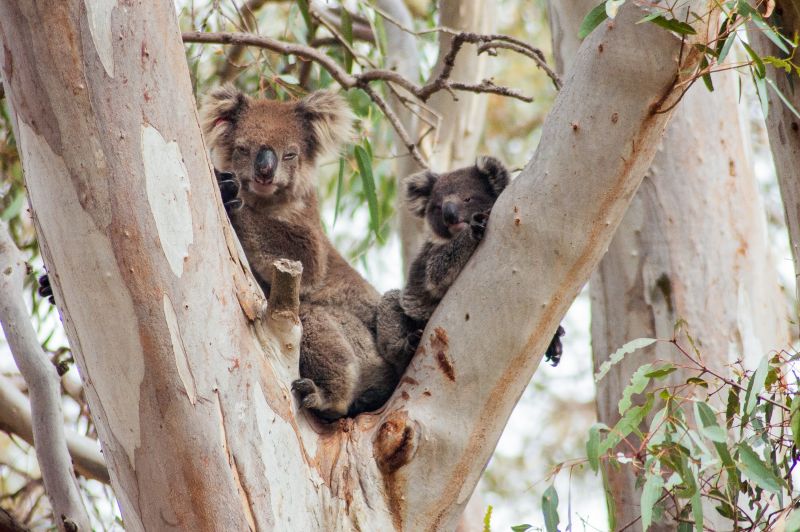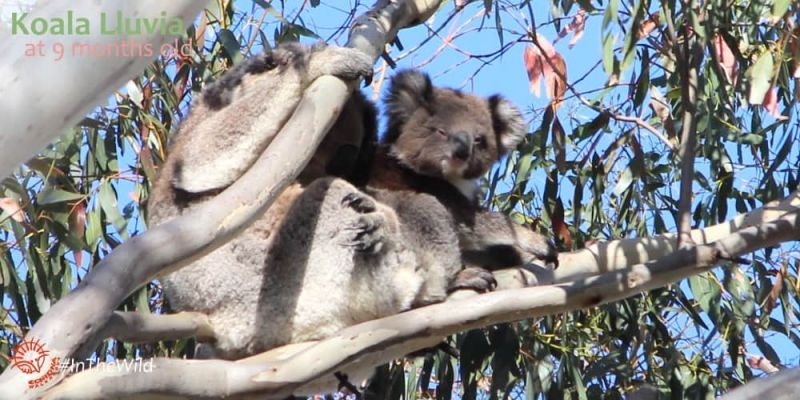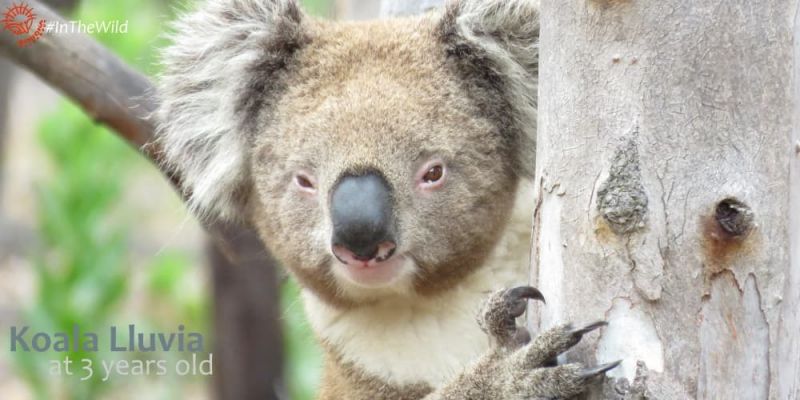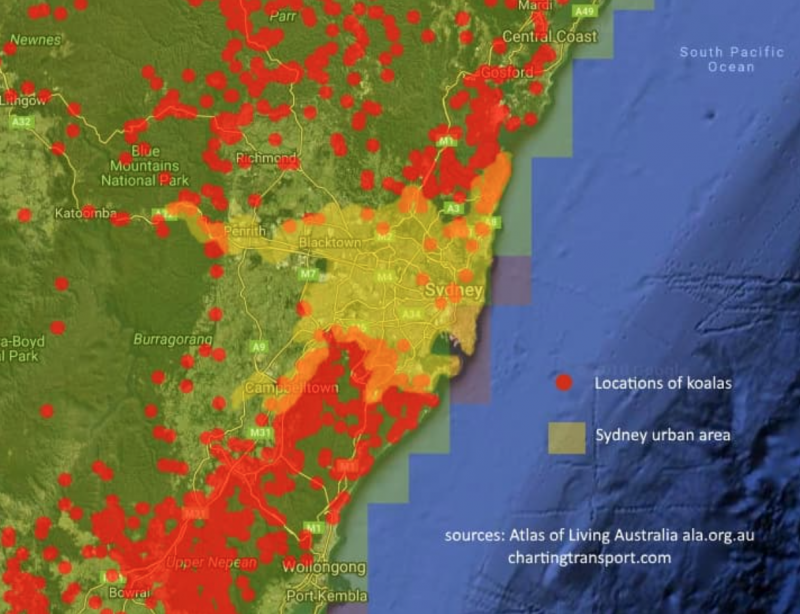With its fluffy ears and spoon-shaped nose, the Koala is one of Australia's most adored animals. In Australia you can still see Koalas in the wild, and we aim to keep it that way. The Koala is distributed across South Australia, Victoria, New South Wales and Queensland, however, clearing of the koala’s habitat has drastically decreased numbers compared to pre-European settlement.
To celebrate wild koalas and protect their habitats May 3 has been declared Wild Koala Day Tag #wildkoaladay
Because seeing a koala in the wild is special, for these five reasons.
1. Seeing a Koala in the wild is like playing sport. You are a participant, rather than a spectator.
Imagine this: You are walking, looking up high in the gum-trees. The sun is bright, making you squint and wish you had worn your hat. There are so many trees, so many branches, and you are trying so hard to find a koala. There’s a big tree – surely that will be the one. You stop, looking hard, willing a koala to appear. But it doesn’t, and you turn away. This is difficult.
You rush to catch up to your tour group, but a lump in the next tree catches your eye. Could it be? Its large, grey and furry. OMG Its a Koala! The Guide and group come back, filled with excitement. You point out your Koala, over and over again. How did you see that? they ask, impressed. You shrug, nonchalant. Because you’re a genius a tiny voice says in the back of your head.
Nothing beats that feeling. You will be on a high for days.

2. When you see a Koala in the wild you are helping to protect their habitat.
You might not feel like you’re helping them, but you are, just be being there.
If a few people go to a small town to see a wild Koala, locals notice. When a few hundred people are visiting regularly, businesses notice. If numbers swell to a few thousand people – all to see wild Joalas – governments notice.
Local people that benefit from wild Koala tourism are more likely to protect their asset – the Koala, and the forest that they need. Eventually, government strategies are made into law to protect the Koalas. Many local councils around Australia have koala management strategies.
3. Seeing a Koala in the wild is an adventure. Every day and every experience with a wild animal is a new story.
I should know. I’ve been a Koala Researcher, visiting the same locations to see Koalas for 26 years. I’ve seen hundreds of Koalas, thousands of times – in trees, on the ground, with their babies. But I’ve never had the same experience twice. This year, I witnessed the unexpected return of a young male koala to his mother. Lluvia was born in 2015 to Misty, a young female. When he was one year old he left, as male joeys do, to find his own home somewhere far away from his mother. So when he returned as a 2 year old in 2017, I assumed it was a brief visit. I was wrong – he stayed and is now resident in the home range adjacent to his mother’s.
When you travel to see wild Koalas, you are part of a unique story.


4. By seeking out wild koala experiences you are supporting local and rural communities and jobs.
Wild koalas don’t live in built-up urban areas. To see a wild koala you have to get out of the city. This map of koala sightings around Sydney shows the situation clearly. Koalas stop at the urban fringe.

That’s not a bad thing for travellers. Small towns and regional areas provide travellers with an experience of local culture, natural beauty, wildlife in the wild, adventure and a feeling of ‘getting away from the crowds’.
Small towns and rural areas in Australia are suffering. Manufacturing, agriculture, mining and forestry jobs are declining* and small communities are finding it hard to maintain their population and infrastructure. Tourism is providing an answer – international tourism is growing at 10% annually, with particular growth in nature tourism. Wildlife is the number one driver of international tourism to Australia.
Most wild Koala experiences in Australia are run by small, locally-owned tourism operators. In fact, in Australia 38% of tourism businesses are located in regional areas, and 95% of tourism businesses are small, self-employing or micro-businesses.
Some examples of locally-owned wild koala experiences:
- Exceptional Kangaroo Island, SA
- Goin Off Safaris, Port Lincoln, SA
- and of course us – Echidna Walkabout Nature Tours Melbourne VIC
By visiting wild Koalas you are supporting local communities, and that’s important. Respecting and contributing to local communities is at the core of Sustainable Tourism. Responsible Travel and See The Wild explain in more detail.
5. When you see a koala in the wild, you also see and learn about its habitat.
As you look up at a wild koala you can’t help but notice the halo of eucalyptus leaves around it. The food web is right there in front of your eyes.
You might see a small brown bird fly in and perch on the Koala’s back. The bird – a Brown-headed Honeyeater – starts plucking fur from the Koala, then flies off to line its nest. In a month, baby honeyeaters will be snug and safe in a Koala-fur blanket. The Koala is part of a natural ecosystem that is living right in front of your eyes. Experiencing this – especially if your questions can be answered by an experienced Wildlife Guide – provides the sort of natural history education that many people miss.

Koalas are a both a flagship species and an indicator species. Protecting koalas in the wild benefits many other species. It even benefits humans. Get involved with Wild Koala Day on May 3. There are lots of ways you can help wild koalas.


